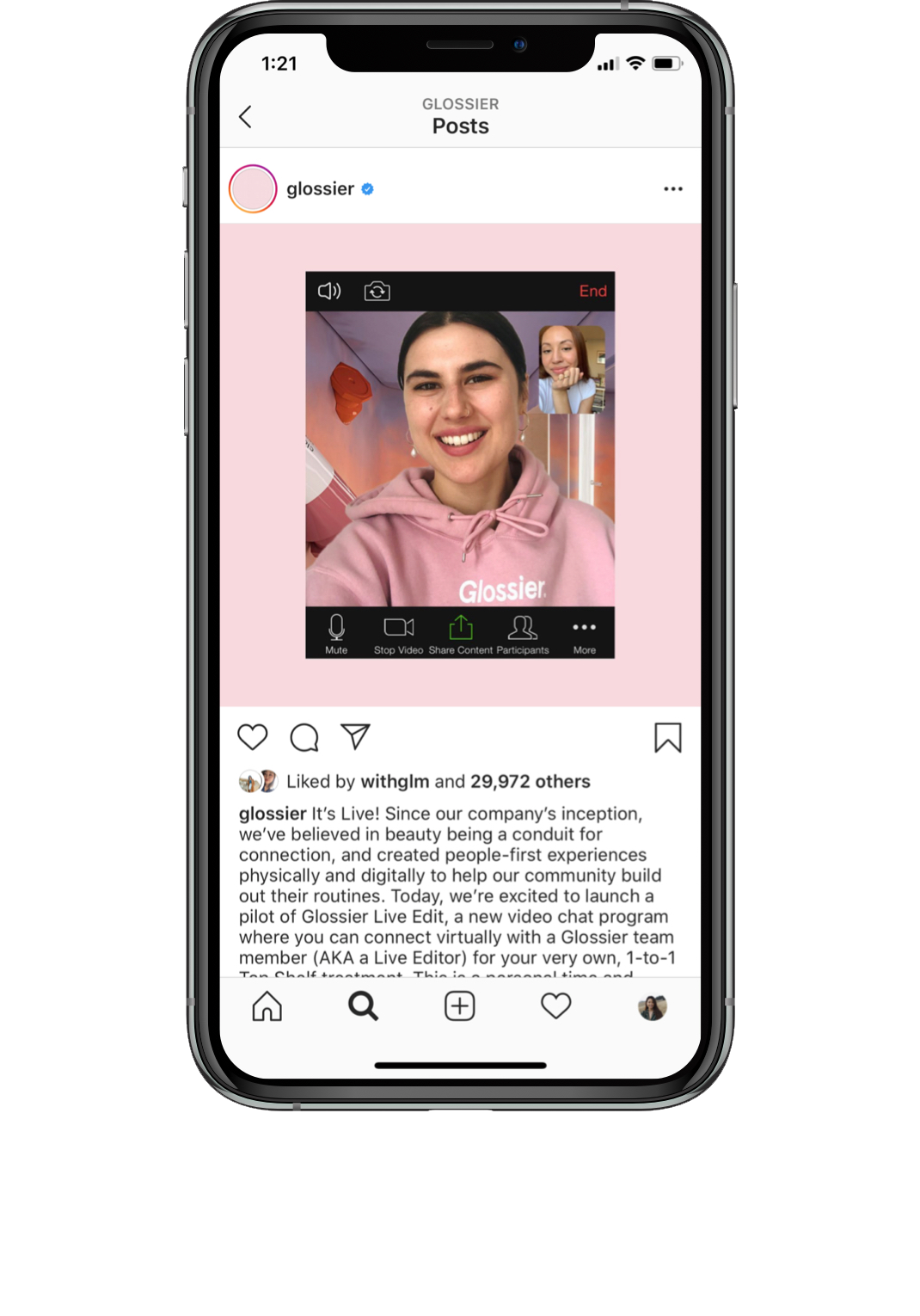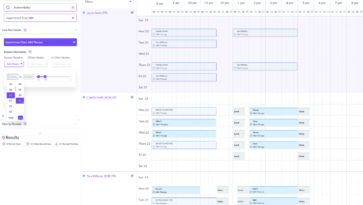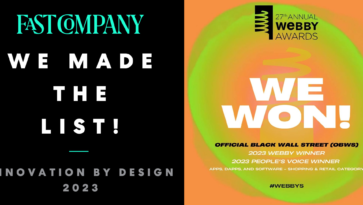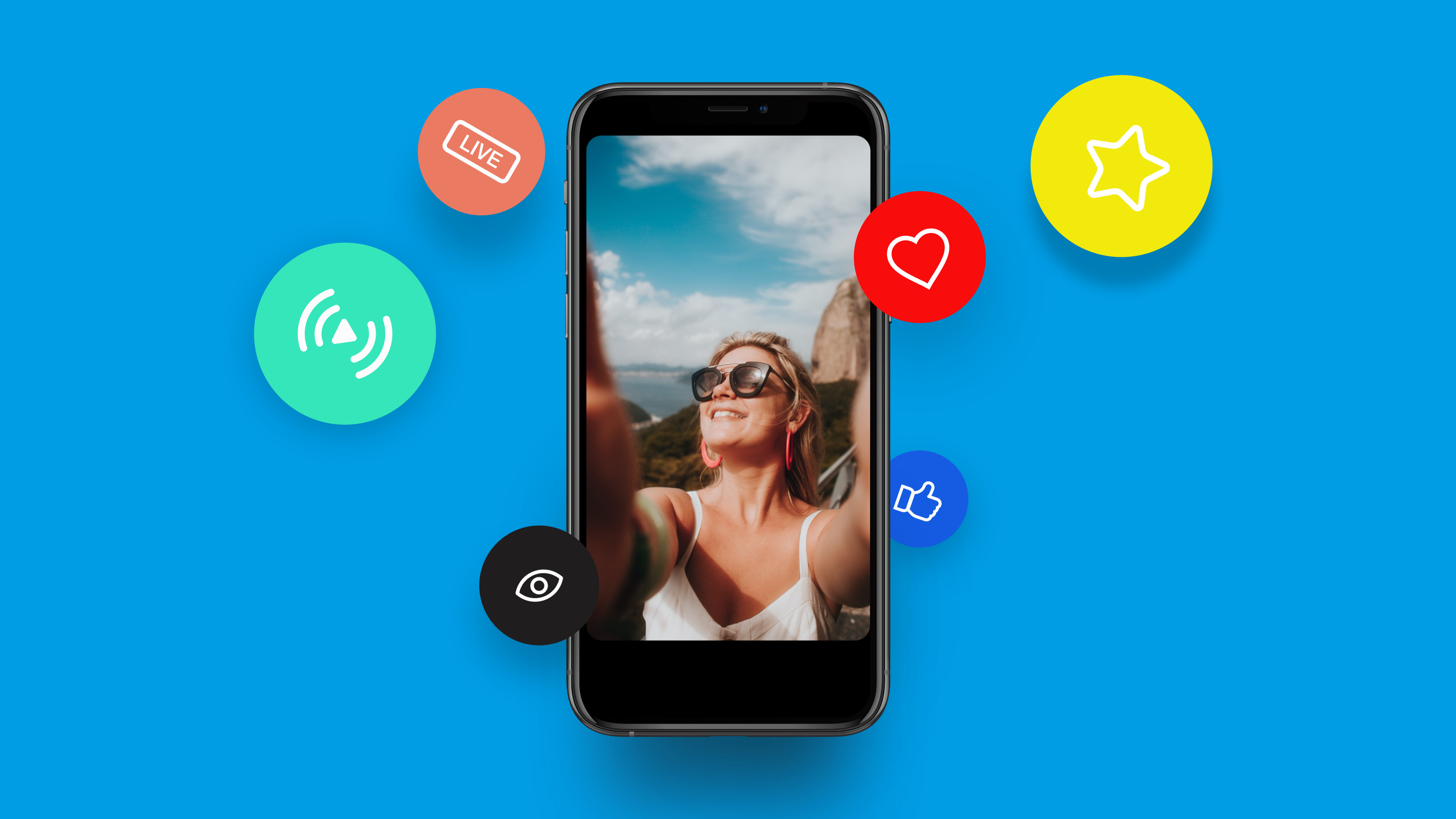
Now more than ever, it is vital for brands to be able to adapt their user engagement strategy quickly and effectively. At Sidebench, our designers are no strangers to the constantly changing digital landscape. Our team has experience helping clients not only adjust to, but also anticipate disruptive changes. From building out telehealth capabilities to streamlining customer communication channels, Sidebench is working with clients to reach audiences in new ways.
We’ve all received the email: your favorite gym, store, or sit-down restaurant is temporarily closing due to coronavirus lockdowns. As local governments halt non-essential in-person businesses to diminish the spread of COVID-19, many businesses face an unknown: how do I engage and retain customers from a distance? In order to build brand loyalty, companies should make an effort to reach across the remote void and connect with customers during this time of need. It’s likely that consumers will return to their offline habits like going to the mall, dining out, and attending workout classes after the pandemic subsides. When they return, they’ll gravitate toward the companies that shifted their engagement strategy to stay relevant. Sidebench understands how important it is for companies to utilize product design when engaging customers on lockdown. Here are some of our teams’ favorite engagement approaches.
Want to learn more about forward-thinking product strategies? Reach out to [email protected] to see how we can boost your company’s response to COVID-19 and maintain a people-first engagement strategy for lockdown and beyond.
1. Equinox delivers relevant content to members daily while they can’t go to the gym.
The Equinox app is primarily used to check users into their gym and schedule training sessions and classes. None of these functions, however, are useful to customers during lockdown. While Equinox has placed memberships on hold, they’ve adjusted the content of their app to be a resource for customers to get daily updates on wellness and dieting. People who usually go to the gym or see personal trainers are likely adjusting to staying fit at home, and Equinox has created a recurring hook for customers to access the app. Their luxury gym membership still feels exclusive and beneficial by offering relevant information for users of the app.
The usual design
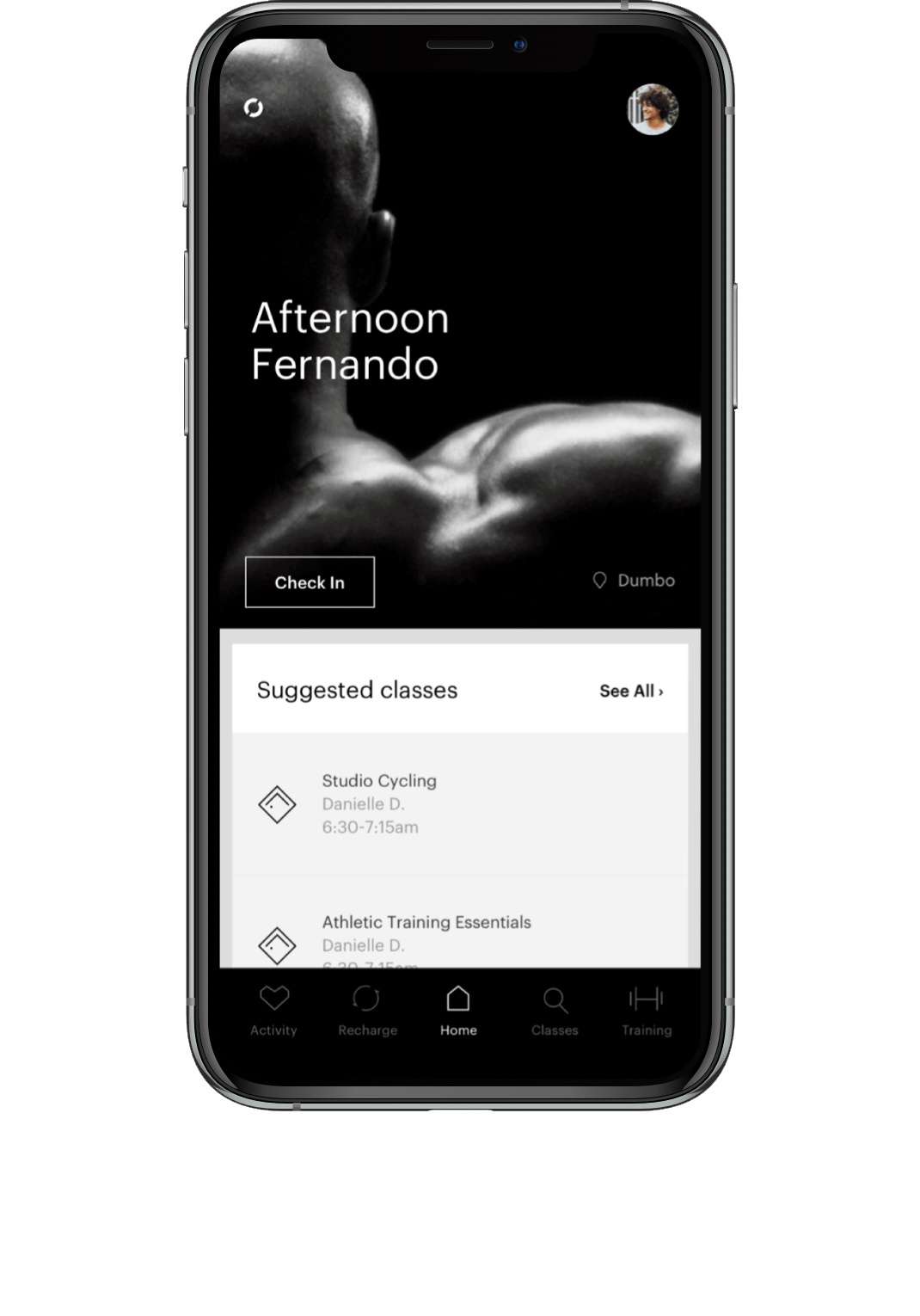
The updated experience
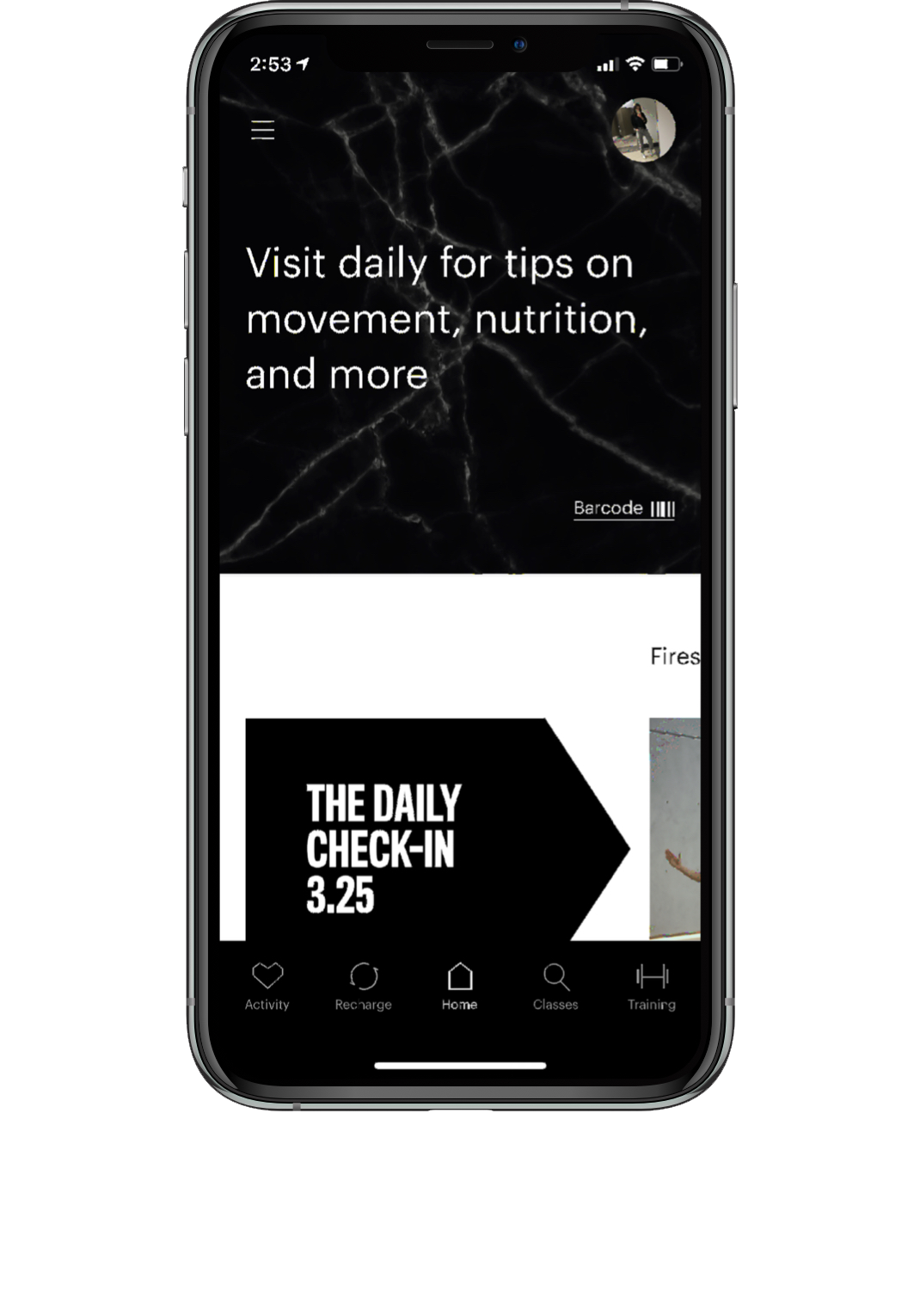
2. Blue Bottle Coffee redirects cafe customers to their online whole bean retail options.
Blue Bottle Coffee was one of the first restaurant chains to temporarily close their brick and mortar stores in response to COVID-19. Like most coffee brands, their app primarily functions as a mobile ordering experience. During closures, however, they are utilizing the app’s front page to direct customers to their website to order whole beans. Blue Bottle fanatics are avid coffee drinkers, and they’re likely to still consume coffee while using a work from home setup. Blue Bottle’s offer says they are committed to bringing good coffee to coffee lovers, even if they can’t have a barista-crafted beverage at one of their local cafes.
The usual design
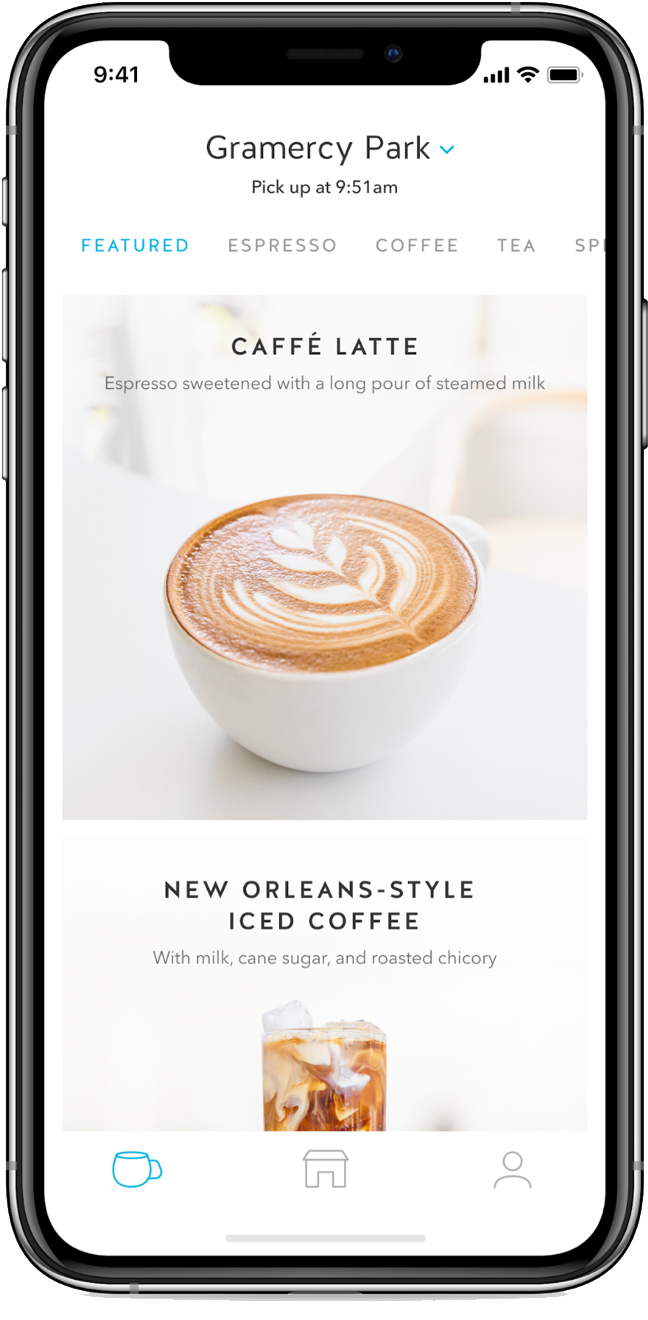
The updated experience
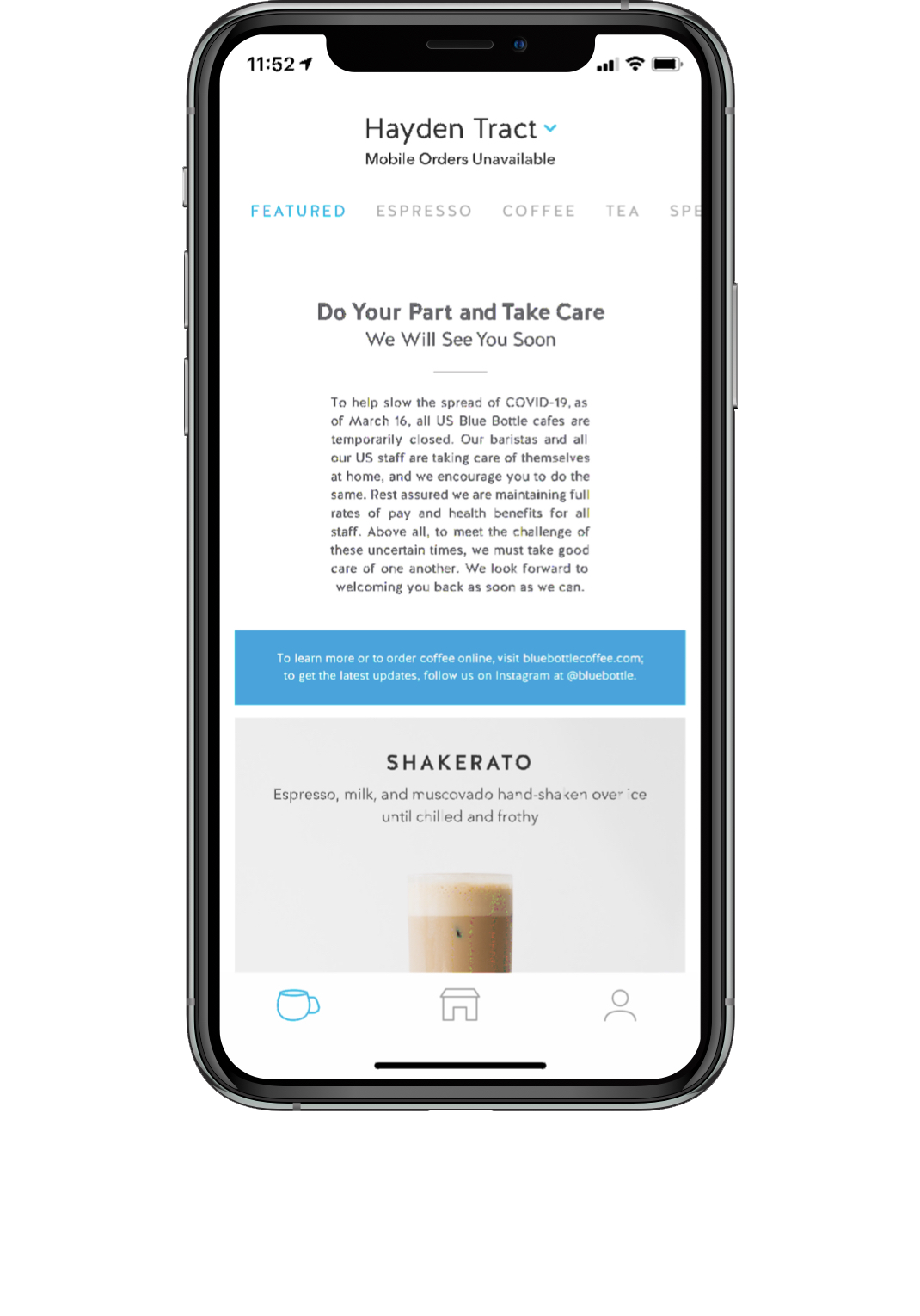
3. Glossier recreates in-store experience with digital beauty consultants
Glossier is a leading new beauty brand that sells online and in brick and mortar Glossier shops. With interest in purchasing makeup likely to diminish as people attend fewer social events, Glossier is launching Glossier Live Edit, a video chat program where customers can connect virtually with a Glossier team member for a personal beauty consultation. Traditional beauty counters like Sephora and Ulta capitalize on the ability for customers to touch, swatch, and test products before they buy. The Glossier hotline could be a revolutionary alternative to the in-store guidance customers are missing out on during lockdown.
